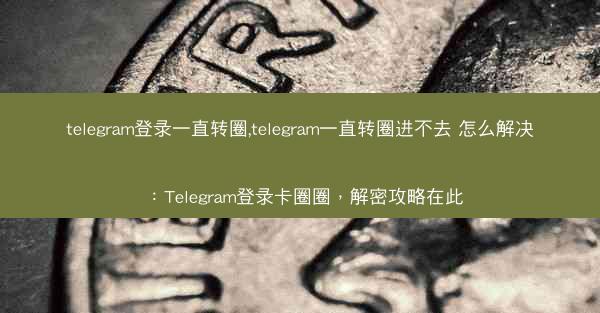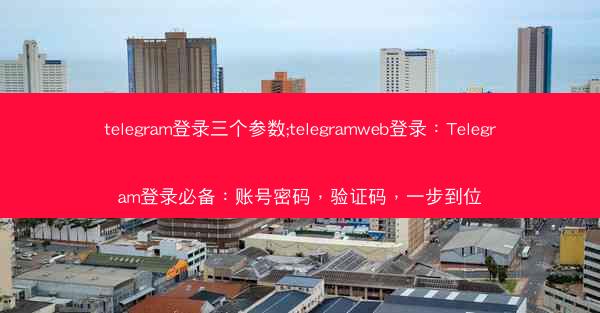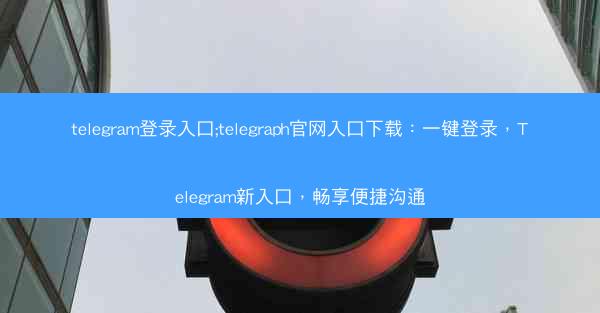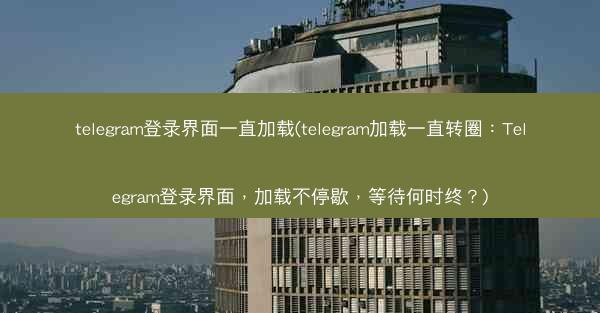Introduction to Teams Meeting Information Setup Microsoft Teams has become an essential tool for remote work and collab...
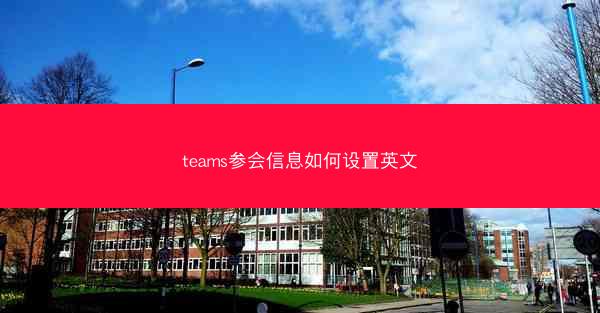
Introduction to Teams Meeting Information Setup
Microsoft Teams has become an essential tool for remote work and collaboration. Setting up meeting information correctly is crucial to ensure a smooth and productive meeting experience. In this article, we will discuss how to set up Teams meeting information in English, covering various aspects such as scheduling, reminders, and sharing.
1. Scheduling a Teams Meeting
The first step in setting up a Teams meeting is to schedule it. To do this, follow these steps:
1. Open Microsoft Teams and click on the calendar icon on the left-hand side.
2. Click on the New Meeting button.
3. Enter the subject of the meeting and add attendees by typing their names or selecting them from the list.
4. Choose the date and time for the meeting. You can also set a recurring meeting if needed.
5. Select the desired meeting options, such as video or audio only, and whether to require attendees to join by video.
6. Add any additional details, such as a meeting agenda or notes.
7. Click Send to send out the meeting invitation.
2. Sending Meeting Invitations
Once you have scheduled the meeting, it's essential to send out invitations to ensure all attendees receive the necessary information. Here's how to do it:
1. After scheduling the meeting, a new email will be generated with the meeting details.
2. Review the email and make any necessary changes to the subject or body.
3. Click Send to send the invitation to all attendees.
The invitation will contain the meeting subject, date, time, and a link to join the meeting. Attendees can also view the meeting details in their Outlook calendar.
3. Setting Meeting Reminders
To ensure that attendees are prepared for the meeting, it's a good idea to set up reminders. Here's how to do it:
1. In the meeting invitation email, scroll down to the Reminders section.
2. Select the desired reminder options, such as email, calendar, or text message.
3. Set the time for the reminder before the meeting starts.
Attendees will receive the reminder at the specified time, helping them to prepare for the meeting.
4. Sharing Meeting Information
It's important to share meeting information with attendees in various formats to ensure they can access it easily. Here are some ways to do this:
1. Share the meeting invitation email with attendees, as it contains all the necessary details.
2. Post the meeting details on a shared calendar or team channel in Teams.
3. Create a meeting agenda or notes and share them with attendees before the meeting.
4. Use a shared document or OneNote page to keep meeting notes and follow-up actions.
By sharing meeting information in multiple formats, you can cater to different preferences and ensure that attendees have access to the information they need.
5. Customizing Meeting Invitations
Teams allows you to customize meeting invitations to suit your needs. Here are some customization options:
1. Add a custom message to the invitation, such as a welcome note or specific instructions.
2. Choose a different email format for the invitation, such as HTML or plain text.
3. Add a logo or header to the invitation to make it more visually appealing.
4. Set the language for the invitation to match the attendees' preferences.
Customizing meeting invitations can help make them more engaging and informative for attendees.
6. Managing Attendee Responses
As the organizer, it's essential to keep track of attendee responses to the meeting invitation. Here's how to manage attendee responses:
1. Open the meeting invitation email and click on the View Responses link.
2. Review the responses from attendees, including their status (Accepted, Tentative, or Declined).
3. Use the information to plan for the meeting, such as adjusting the agenda or rescheduling if necessary.
Managing attendee responses helps you stay organized and ensures that the meeting runs smoothly.
7. Follow-Up and Post-Meeting Actions
After the meeting, it's important to follow up and take action on any tasks or decisions made during the meeting. Here's how to do it:
1. Create a summary of the meeting, including key points, action items, and deadlines.
2. Share the summary with attendees via email or a shared document.
3. Assign tasks to team members based on the action items discussed during the meeting.
4. Monitor the progress of tasks and provide support as needed.
Following up on meeting actions ensures that the meeting's objectives are met and helps maintain productivity within the team.
In conclusion, setting up Teams meeting information correctly is crucial for a successful meeting experience. By following these steps and best practices, you can ensure that your meetings run smoothly, attendees are prepared, and follow-up actions are taken.








